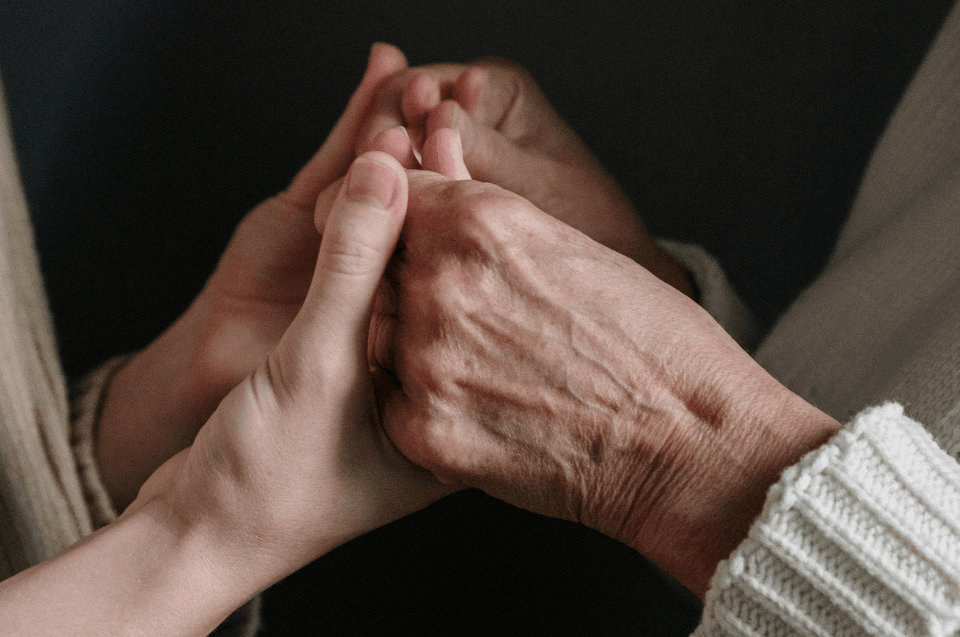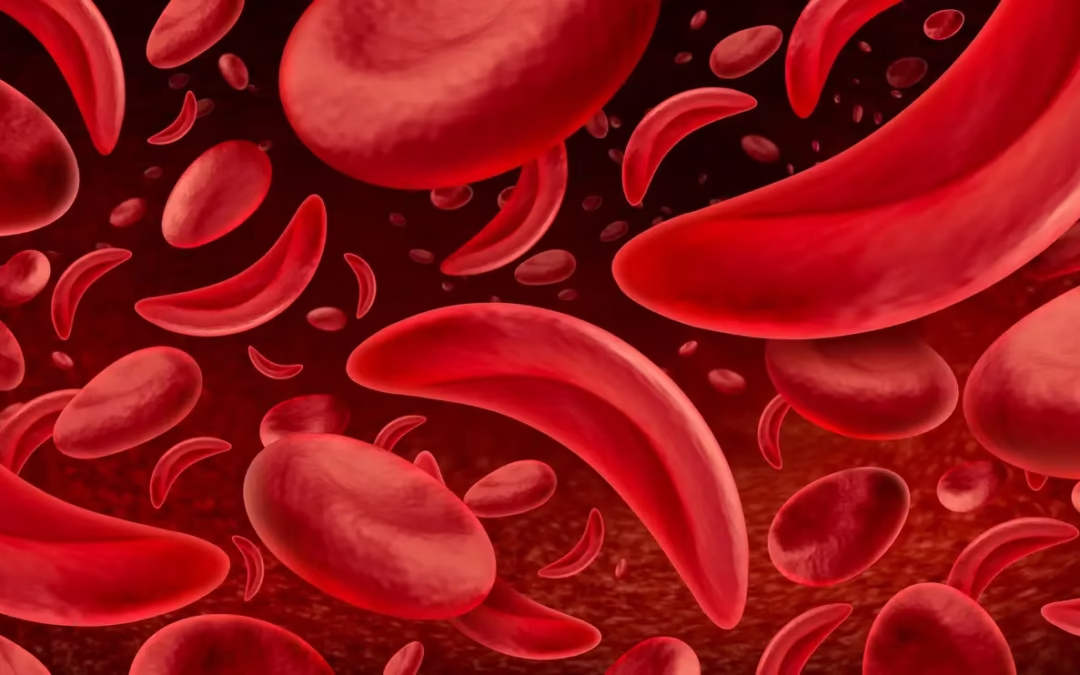Content discussed in this post
What essential tremor is
Symptoms and day-to-day impact
Causes, heredity, and factors that worsen tremor
Diagnosis: what the evaluation looks like
Medication and non-medication treatments
Procedures (botulinum toxin, DBS, focused ultrasound)
Lifestyle, adaptations, and when to seek help
Quick FAQ
Important notice (health disclaimer)
References and recommended reading
What is essential tremor
Essential tremor (ET) is a common movement disorder marked by action and postural tremor—the oscillation appears when you hold a posture (e.g., holding a cup) or perform a movement (e.g., bringing a spoon to your mouth). It isn’t “nerves” or “just psychological”: it’s a neurological condition that can interfere with writing, eating, work, and social interaction. It usually begins in the hands/forearms but can involve the head (yes/no head shaking) and voice. Onset is often after ages 40–50, with slow and variable progression.
Symptoms and day-to-day impact
The pattern is fairly typical: tremor appears when using the hand or trying to keep it steady in the air and is minimal or absent at rest. Intensity varies with everyday situations and can cause embarrassment.
Key findings
Action/postural tremor: worse when holding objects, writing, using utensils, brushing teeth
Distribution: hands/forearms (nearly always), with possible head and voice tremor
Frequency: generally faster; amplitude may be small at first and become more evident with fine tasks
Triggers: stress, fatigue, caffeine, and certain medications tend to aggravate
Alcohol: small amounts may temporarily reduce tremor in some cases (not a treatment)
Even though life expectancy isn’t reduced, ET can limit independence. The goal of care is to restore function and quality of life.
Causes, heredity, and factors that worsen tremor
The exact cause isn’t fully known. Evidence points to changes in cerebello-thalamic circuits. In about half of cases there’s a family history with autosomal dominant inheritance (each child has ~50% chance of inheriting the predisposition). Not every predisposition becomes clinically significant tremor.
What can worsen tremor
Stress and sleep deprivation
Caffeine (coffee, energy drinks, some teas)
Medications (stimulants, some antidepressants, beta-agonist bronchodilators)
Intercurrent illnesses and metabolic fluctuations
Identifying triggers is part of treatment.
Diagnosis: what the evaluation looks like
Diagnosis is clinical, made by a healthcare professional based on history and neurological exam. Often, few tests are needed. When there’s doubt or atypical signs, the clinician may order basic labs (e.g., TSH to assess thyroid function) and review medications that can worsen tremor. Simple tools—like drawing an Archimedes spiral and using severity scales—help track progression and response to treatment.
In short: the medical evaluation confirms an essential tremor pattern and rules out other causes when appropriate—without the patient needing to “self-differentiate” from other conditions.
Medication and non-medication treatments
Not everyone needs medication; the decision depends on functional impact. When indicated, two medications have the strongest evidence:
Propranolol (beta-blocker): reduces tremor amplitude. Assess contraindications (asthma/bronchospasm, bradycardia, AV block, hypotension). Possible effects: fatigue, exercise intolerance.
Primidone (anticonvulsant): also effective; start low and titrate slowly (common early effects: drowsiness, dizziness, nausea).
Other options when first-line therapy fails or isn’t tolerated: topiramate, gabapentin, clonazepam (use cautiously due to sedation and dependence), atenolol, and nadolol. Sometimes propranolol + primidone are combined.
Very helpful non-pharmacologic measures
Reduce caffeine, optimize sleep, and manage stress
Occupational therapy: adapted utensils and cups, weighted utensils, wrist weights, wider-barrel pens, and writing support techniques
Physical therapy (physiotherapy): coordination training and postural control
Biofeedback/relaxation in selected cases
Alcohol is not a treatment: despite brief relief, it carries risks (dependence, falls, interactions) and can cause rebound worsening
Procedures (botulinum toxin, DBS, focused ultrasound)
When tremor is moderate–severe and medication-refractory, procedures can restore function with good results:
Botulinum toxin: useful for head and voice tremor; in hands, it can reduce tremor but may cause weakness if dosing or muscle selection isn’t optimal.
Deep brain stimulation (DBS)—usually targeting the ventral intermediate nucleus (VIM) of the thalamus: sustained improvement for refractory hand tremor; adjustable and can be bilateral, but requires implantation and specialized follow-up.
MRI-guided focused ultrasound (MRgFUS) thalamotomy: a minimally invasive technique, typically unilateral, that creates a precise lesion in the VIM. It shows clinically meaningful benefit; limitations include irreversibility and, in general, unilateral application to reduce adverse effects.
Radiofrequency thalamotomy: available in selected centers; currently used less often.
Choosing between DBS and MRgFUS depends on clinical profile, tremor laterality, patient preferences, and access to experienced centers.
Lifestyle, adaptations, and when to seek help
Plans are personalized and focused on practical goals (eating without spilling, signing documents, cooking safely). Seek evaluation if:
Tremor appeared suddenly or changed rapidly
Other neurological signs emerged (weakness, significant ataxia, sudden speech changes)
Tremor is blocking basic activities despite initial measures
Quick FAQ
Is essential tremor curable?
A definitive cure is uncommon. The goal is to reduce tremor to a functional level, combining lifestyle adjustments, medications, and, when needed, procedures.
Why do small amounts of alcohol help some people?
Alcohol may modulate cerebellar circuits and temporarily reduce tremor—but it isn’t a treatment and carries risks.
Do I have to quit coffee entirely?
Not necessarily. For many, cutting down helps. Try a practical, individualized approach.
Are the medicines “addictive”?
Not for most (e.g., propranolol, primidone). Benzodiazepines require caution due to dependence risk and sedation.
Important notice (health disclaimer)
This content is educational and does not replace a medical consultation. Each case is unique. For individualized diagnosis and treatment, consult a healthcare professional.
References and recommended reading
American Academy of Neurology (AAN). Practice guideline update: Treatment of Essential Tremor.
Deuschl G, Bain P, Brin M. Consensus statement of the Movement Disorder Society on tremor. Mov Disord.
Zesiewicz TA, et al. Evidence-based guideline update: Treatment of essential tremor. Neurology.
Elias WJ, et al. A randomized trial of focused ultrasound thalamotomy for essential tremor. N Engl J Med.
Cochrane Review. Beta-blockers and primidone for essential tremor. Cochrane Database Syst Rev.
NICE Guidance. MRI-guided focused ultrasound thalamotomy for treatment-resistant essential tremor.
Fahn S, Jankovic J, Hallett M. Principles and Practice of Movement Disorders. Elsevier.



